What happens when we put Maths into reverse?
As a teacher, one of the things I appreciate most about the field of Mathematics Education is the number of simple and effective ‘big ideas’ that have been developed and shared by researchers. Many powerful ways of thinking about teaching and learning mathematics can be boiled down to an elevator pitch. Even though these ideas reward close inspection, it typically doesn’t take long to get started and see how they might connect to a wide range of topics and contexts.
A collection of these big ideas form the backbone of the Open University course, ME322 Learning and Doing Algebra, and one of my current favourites is the idea of doing and undoing. In a nutshell, this idea states that in mathematics there is often a way of working backwards as well as forwards, and that this ‘undoing’ can give rise to richer mathematics, additional insight, or creative opportunities (Mason, Graham and Johnston-Wilder, 2005, p.66).
A lot of number work can be thought of in this way. Undoing the addition of positive integers gives us subtraction, which brings negative integers into play. Undoing the multiplication of positive integers is in effect division, connecting the operations to fractions. Undoing squaring leads to square rooting, irrational numbers, and even the possibility of imaginary numbers.
Undoing a Puzzle
Doing and undoing can also be applied in all kinds of situations beyond arithmetic. For a more unusual example, consider a Sudoku puzzle. The goal of a Sudoku is to fill the gaps with digits from 1 to 9 so that every row, column and 3×3 square contains each of the digits exactly once.
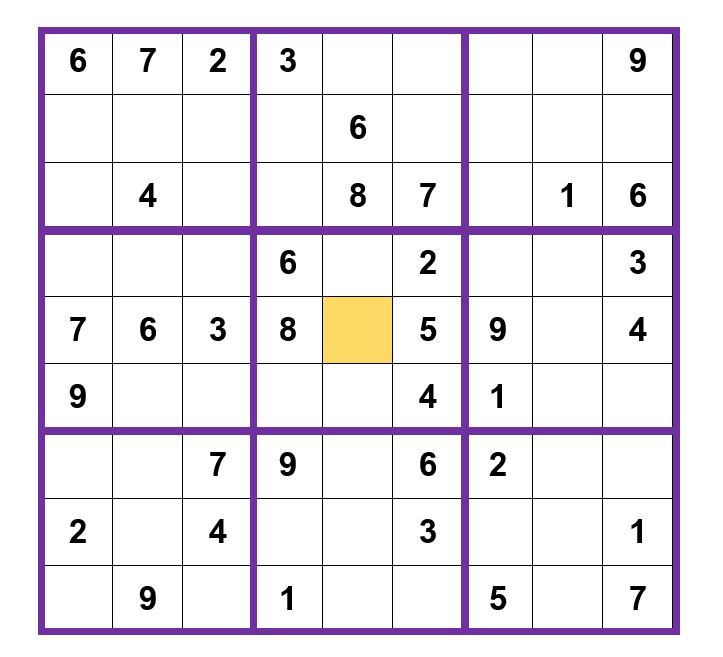
The doing of a Sudoku is all about logical reasoning. For example, look at the grid above. The middle row with the gold square contains seven of the nine digits and is only missing a 1 and a 2. However, there is already a 2 in the central 3×3 square, so the gold square must contain the digit 1. If you want to try and complete the rest of the puzzle yourself, you’ve got one more paragraph to get it done!
Sudoku is certainly well-known – according to one recent survey, 98% of people had heard of Sudoku (YouGov, 2022). From a mathematics teaching perspective, the process of completing a Sudoku puzzle could be connected to A-level topics such as proof by contradiction and combinatorics. What is there to gain, though, by undoing a Sudoku? Let’s start with the answer to the puzzle above:
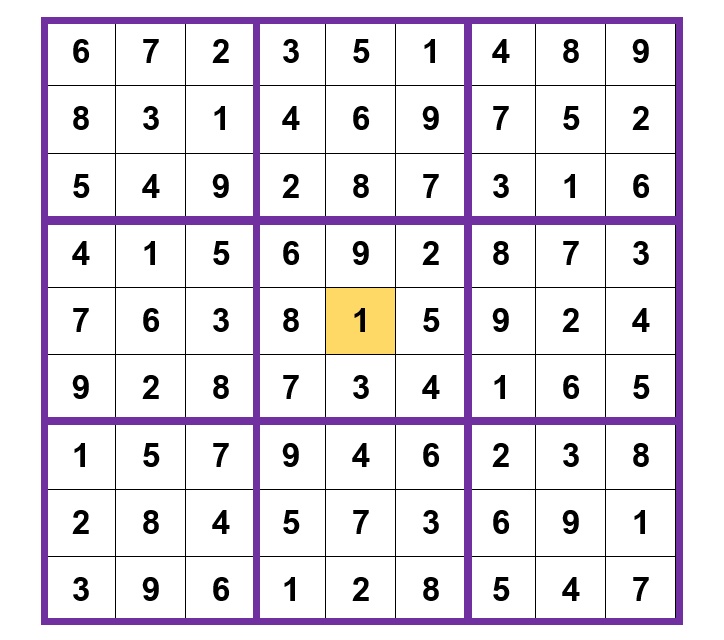
This time, the name of the game is removing numbers. If I remove the 1 in the gold square and pass on this puzzle to a friend, they would be able to complete it and end up at the right answer. In fact, I could get away with removing all the digits in the middle column, and still be sure that the remaining digits would lead to this exact solution. However, if I was to remove all 81 numbers, my friend could solve the Sudoku in multiple ways. This gives rise to an interesting undoing question: what is the largest number of digits that I can remove from the board without changing the solution(s)?
Have a go, or a guess, yourself. How might you make further progress? Thinking through this problem backwards is certainly more challenging and forces you to pay close attention to the Sudoku structure. I won’t give away the answer here, but it was reached by McGuire, Tugemann and Civario (2014), who found a way to the solution that required some clever use of computers. The act of turning a situation or problem around resulted in some rich and revealing mathematics.
Doing and Undoing in School
Doing and undoing can also be a great tool for teaching and learning algebra. If your experience of school mathematics was anything like mine, you were probably taught to solve linear equations by first writing out them out and then ‘doing the same to both sides’. However, in the past I’ve sometimes asked my pupils to start with an answer and work outwards instead.

This kind of ‘undoing’ activity can naturally give rise to some interesting questions. Could I redraw all the arrows to be two-way arrows? Is there a way of jumping between the two clouds on the left-hand side of the example above? What does this say about how equations like this might be solved?
Moving up the curriculum, consider these simultaneous equations:
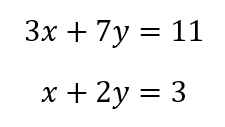
What is the solution? Now, undoing the problem, can you find other sets of simultaneous equations which would have the same solution? Do you notice anything about their coefficients and constant terms? (This is a reversal of a fantastic task which connects to an unexpected topic – if you want to see another way of approaching this result, or want a hint, take a look at RISP 8 in Jonny Griffiths’s collection of rich starting points for A-level mathematics learners.)
The Benefits of Undoing
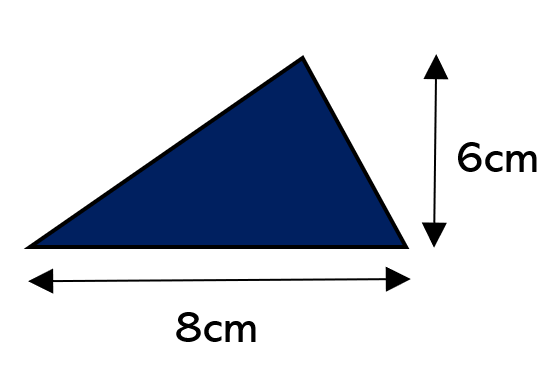
Undoing questions are frequently open-ended, allowing space for creativity and opportunities for differentiation. Consider turning the question “find the area of this triangle” into “if the area of this triangle is 24cm2, what could the lengths be?” If the values are limited to positive integers, how many possible answers are there, and how do you know you have them all? What could the answer be if we insisted that at least one had to be a decimal, or a mixed number, or a surd?
The practice of undoing can also support learners’ understanding of concepts. I was recently working with a learner who had just learned about standard deviation. They had calculated that the standard deviation of 0, 1, 2 and 3 was √5/2 . Asking them to come up with other sets of four numbers with the same result reinforced their understanding of what standard deviation measured.
The extent to which doing and undoing permeates the curriculum at A-level and beyond continues to suggest the importance of this theme in mathematical thinking. Differentiation is taught next to integration; exponentials are quickly followed by logarithms. Beyond A-level the idea of an inverse is baked into the very definition of a group, and undoing seems relevant to many unsolved problems in mathematics such as Gilbreath’s conjecture.
Final Questions
I hope that this quick tour has illustrated some of the potential value of doing and undoing, but I would like to end with two questions.
First, what exactly do you consider is being undone in each of the examples above? Are we undoing the mathematics, the question, or both? Can one happen without the other, or does this balance depend on how each individual learner chooses to approach a problem?
Second, is doing always met before undoing? Take, for example, this differential equation:
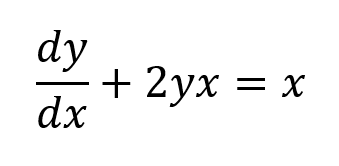
This equation can be seen as an expression of an implicit doing: I have started with a function, then found that when I differentiate it and add the result to 2x times the original function, my answer is x. Solving this differential equation is therefore already an undoing, with the integrating factor being used to ‘undo’ the product rule. If the undoing is taught first, what value might arise from un-undoing?
Please share your thoughts and examples of doing and undoing in the comments!
REFERENCES AND LINKS
Mason, J., Graham, A. and Johnston-Wilder, S. (2005) Developing Thinking in Algebra. London: SAGE.
McGuire, G., Tugemann, B. and Civario, G. (2014) ‘There is no 16-clue sudoku: solving the sudoku minimum number of clues problem via hitting set enumeration.’ Experimental Mathematics, 23(2), pp. 190-217.
YouGov (2022) Sudoku Popularity and Fame. Available at: https://yougov.co.uk/topics/society/explore/activity/Sudoku. (Accessed: 1st March 2023.)
Jonny Griffiths’s Rich Starting Points for A Level Mathematics (RISPS) can be found at www.risps.co.uk.
